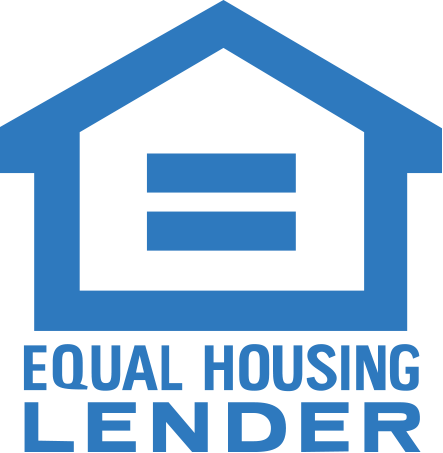PAYMENT OPTIONS
WHICH OPTION DO I CHOOSE?
Once you’ve learned that you qualify for a reverse mortgage and have started working with a lender, you’ll be faced with an important decision: which payment option you’d like. This choice can depend highly on how you are planning on using the funds from your reverse mortgage, or the strategy you’re trying to use over time by using your home equity. Choose the right payment option for you and you can maximize the benefits of the loan for your situation.
Line of Credit
The most popular payment option for reverse mortgages is a line of credit. In many cases, borrowers establish a standby line of credit that they can access only when funds are needed.
Line of Credit
Another aspect that some borrowers see as a perk is that the line of credit option has a growth feature, which means that the unused balance grows over time, working to maximize your borrowing potential. A line of credit can be extremely helpful for borrowers who don’t necessarily need the funds right away but have it as kind of a back up to use if unexpected expenses arise in retirement.
Term & Tenure Payment
A term payment gives borrowers fixed payments for a specified amount of time. One way to maximize the benefits of a reverse mortgage by using term payments is to establish the payments to delay Social Security benefits.
Term & Tenure Payment
Because Social Security benefits increase the longer you wait to begin receiving them, this is a strategy some borrowers use to maximize their loan. A tenure plan allows for monthly payments as long as you live in the home as a primary residence. With a tenure payment plan it doesn’t matter if the loan balance exceeds the value of your home, you will still receive the same monthly payment.
Lump Sum
A lump sum may be beneficial for you if you have a large payment to make, such as home renovations or medical payments. A lump sum allows the borrower to take the loan proceeds all at once.
Lump Sum
With a lump sum, you do have the option regarding how much of your home equity you want to tap into. For example, a borrower can take out less funds than he or she is qualified to borrow. Say you need some renovations done on your home and you know it will cost around $30,000, but are eligible for an $80,000 loan. You may choose to take the lesser amount in this case.
For Home Purchase
Another option in a reverse mortgage transaction is to use the funds to purchase a new home altogether. An advantage that homeowners achieve through a reverse mortgage for purchase is the elimination of monthly mortgage payments.
For Home Purchase
The transaction is completed using funds from the sale of your old home, private savings, gift money and other income sources, which are then combined with the reverse mortgage proceeds. For borrowers who are looking to maximize their buying potential for a new home, or who want to relocate in retirement, this option can help retirees strategically in achieving these goals.
For more information on which payment option might work best for your situation
YOUR RIGHT TO CANCEL
With most reverse mortgages, you have at least three business days after closing to cancel the deal for any reason, without penalty. This is known as your right of “rescission.” To cancel, you must notify the lender in writing. Send your letter by certified mail, and ask for a return receipt. That will let you document what the lender got, and when. Keep copies of all of your correspondence and any enclosures. After you cancel, the lender has 20 days to return any money you’ve paid for the financing.



